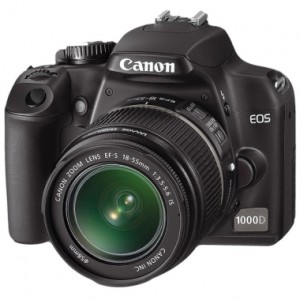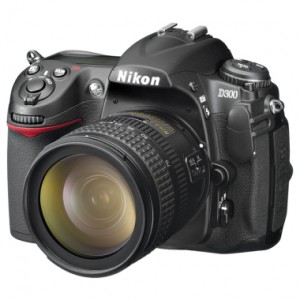Canon EOS 1000D & Nikon D300
The lion’s share of the market for professional DSLRs in South Africa is split between Canon and Nikon. A recent market category introduced by both companies packs high-end technology into a more affordable price range well below that of flagship products. Most pros base buying decisions on the compatible lenses they already own. Here’s a quick tour of Canon’s EOS 1000D and Nikon’s D300. By Greg Gordon.
Canon EOS 1000D
This compact, lightweight model features a 10.1 megapixel sensor – useful in low-light conditions – and can shoot up to three frames per second. Image storage is either via SD card or newer SDHC high capacity versions – great for long assignments. There’s a seven-point AF system and images are displayed on a generous 2,5-inch (6,3cm) LCD. Unlike earlier digicams, you can use the screen in Live View mode instead of the optical viewfinder to frame shots. Picture Style presets are a quick way to optimize exposure settings for different conditions. The body weighs just 450g and is compatible with the entire range of EF/EF-S lenses, Speedlite EX flash units and other EOS system accessories.
Nikon D300
With 12.3 megapixel resolution and a fast six frames per second (up to 8fps with an optional battery pack), the D300 is impressive. Add to that a 3-inch (7,6cm) LCD on-board display, an HDMI out port for high-definition displays and 51-point autofocus system and you have a highly capable camera. One of the best features is an optional wireless networking system which you can use to transmit images to a server whether for browsing, printing or publishing on the web – while you continue shooting. Five networked D300 cameras. At 795g it’s heavier than other models but it sits comfortable. It’s compatible with Nikkor lenses.




